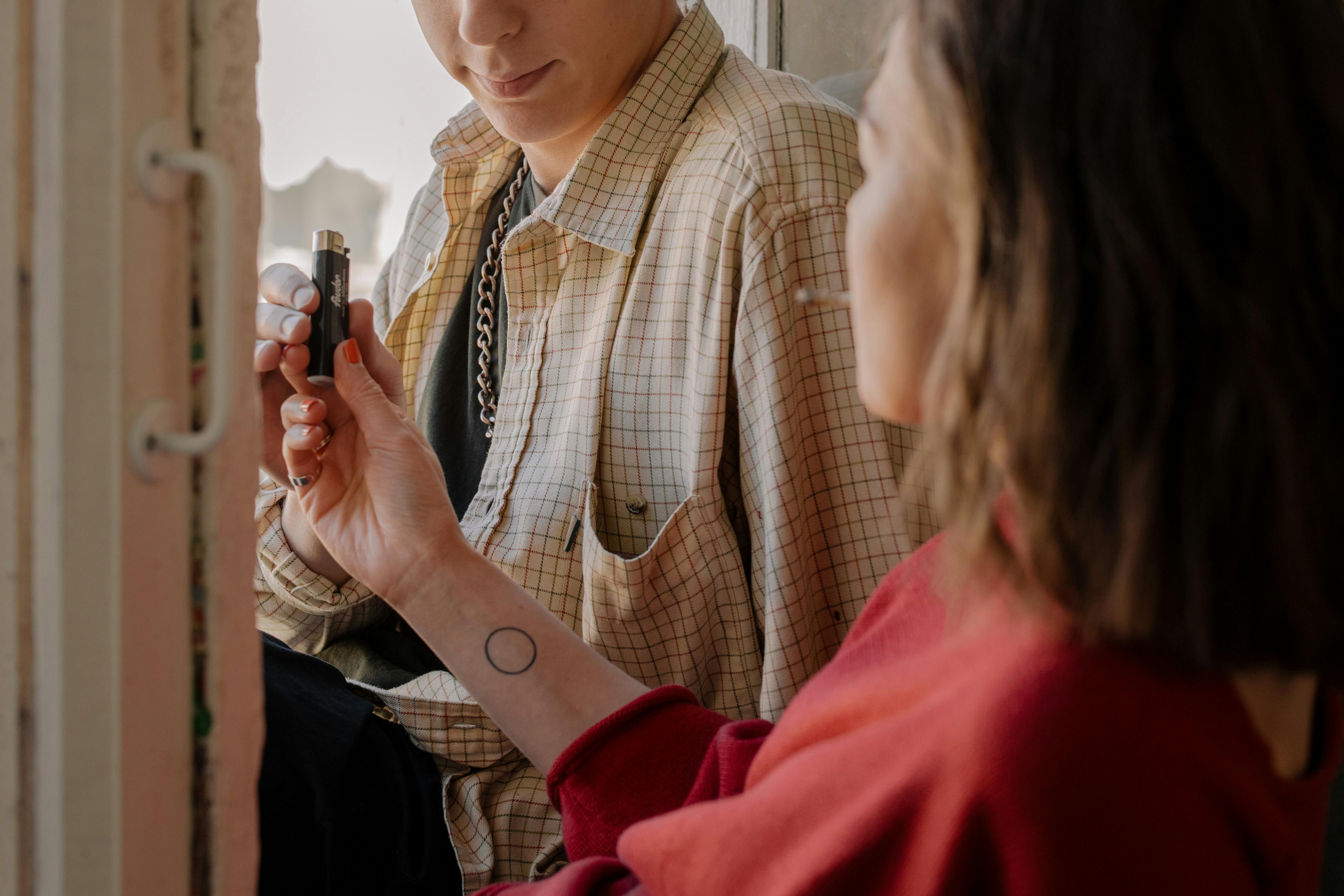
Life Hacks: The Five Easiest Musical Instruments for Your Child to Learn
Getting really good at an instrument takes years of practice and there are no shortcuts. However, some instruments have the advantage of being easier to blow, strike, or strum right out of the box. Your child is more likely to enjoy the instrument right away if he hears immediate results, and he is more likely to continue his interest in music and pick up other instruments once he has mastered one.
Recorder
The traditional ‘easy’ instrument for children has to be the recorder. It’s a great introduction to reading music and has the advantage that it’s as easy to get a note out as it is to blow a whistle. It is possible to extend the complexity of a recorder by covering half the holes to jump octaves and play semitones, but most beginner books will stay within the comfortable limits of C major.
The recorder is also a great base to move on to the flute, saxophone, and clarinet (none of which made it to this list, as it’s so hard to get a sound out of them).
However, there are two massive downsides to the recorder. First of all, it’s really unpleasant. When was the last time you saw a recorder in a pop video? That means your kids may think it’s a bit of a useless instrument to play. It is very unlikely that they will continue to play as they grow older. Second, the standard recorder sounds horrible, especially when played by an inexperienced player. Hint: Bass and tenor recorders have a much fuller, deeper, and warmer sound, similar to that of a clarinet. Pick those if you can, though remember they’re not tuned in C major, so they’ll be a little harder to learn.
the ukulele
It always makes me a little sad when I see a little kid with one of those toy guitars that light up with buttons you press to make noise. A three or four year old could easily learn the basics of the ukulele and play a real instrument instead of a fictional one! A ukulele is a kind of pint-sized guitar. Perfect for playing with little hands! You can get a note out of it right away and your child will feel like a rock star playing it.
A six or seven year old could strum a simple two chord song, by the end of the first lesson no problem. The other great advantage of the ukulele is that, like the guitar, you don’t have to learn to read music to play it.
djembe
If your child dreams of being a drummer, but you really can’t stand the idea of having a full drum set in your house, you might consider a Djembe. The Djembe is an African drum with three hand positions, each giving a slightly different sound. Even if they don’t master hand techniques right away, learning the Djembe will give your child rhythm, which is the fundamental basis of all music, especially Pop, Dance and Rock.
Djembes come in all shapes and sizes and it’s easy to find a child-sized one if you’re out shopping. The Djembe is also very portable, ideal for busking! And finally, the Djembe is the most sociable of instruments: it is unusual to hear a Djembe alone. If your child is looking for a fun and sociable hobby, joining an African drumming group is highly recommended. It’s a great way to instill discipline, team spirit, and camaraderie. And they get to make a terrible scandal!
Tuba
The tuba is arguably the best brass instrument for those children who don’t have the time or inclination to become virtuoso musicians, as long as your child is old enough to carry one! Many parts written for the tuba are extremely simple to play, as composers tend to forget about the poor old tuba.
The music for the tuba is written in the bass clef, which is actually easier to learn than the treble clef, since it goes abcdefg from bottom to top.
What about the street credibility factor? It’s not just for marching bands, you know! The tuba is featured in Latin, gypsy, jazz, funk, and folk music, but finding such a group for your kids to play in your local area can be tricky!
Harmonica
The harmonica is one of those instruments that you can get a nice sound out of the box. However, the sound you initially blow is usually a chord. Playing a single note requires a bit more patience, skill, and tongue training!
Actually, no theory is required, as the notes can also be ‘hole one, hole two, hole three…’. It could be an easy introduction to a scale though (opt for a harmonica tuned in C major for simplicity). However, the harmonica is really a second instrument, let’s face it! A singer or guitarist adds an extra edge when playing the harmonica. Play harmonica and harmonica alone? A bit ‘blade’ as children would say.
When it comes down to it, the most important thing is that you let your child decide for himself which instrument he would like to learn. If they just don’t like a particular instrument, they won’t get excited about it and therefore are unlikely to master it. Learning to play an instrument takes a lot of work and practice. Would you like to be forced to practice something you hated? The same goes for your children.
The instrument that all children should learn, in my honest opinion, is the piano. A piano gives a child a solid foundation in melody, harmony, and rhythm. It is by no means easy. In fact, it is probably the most complex instrument musically, due to the number of keys and the fact that you have to play so many notes at once. A piano workout is a music theory workout that will last forever and there are many very simple, yet amazingly beautiful piano songs.




No Comment